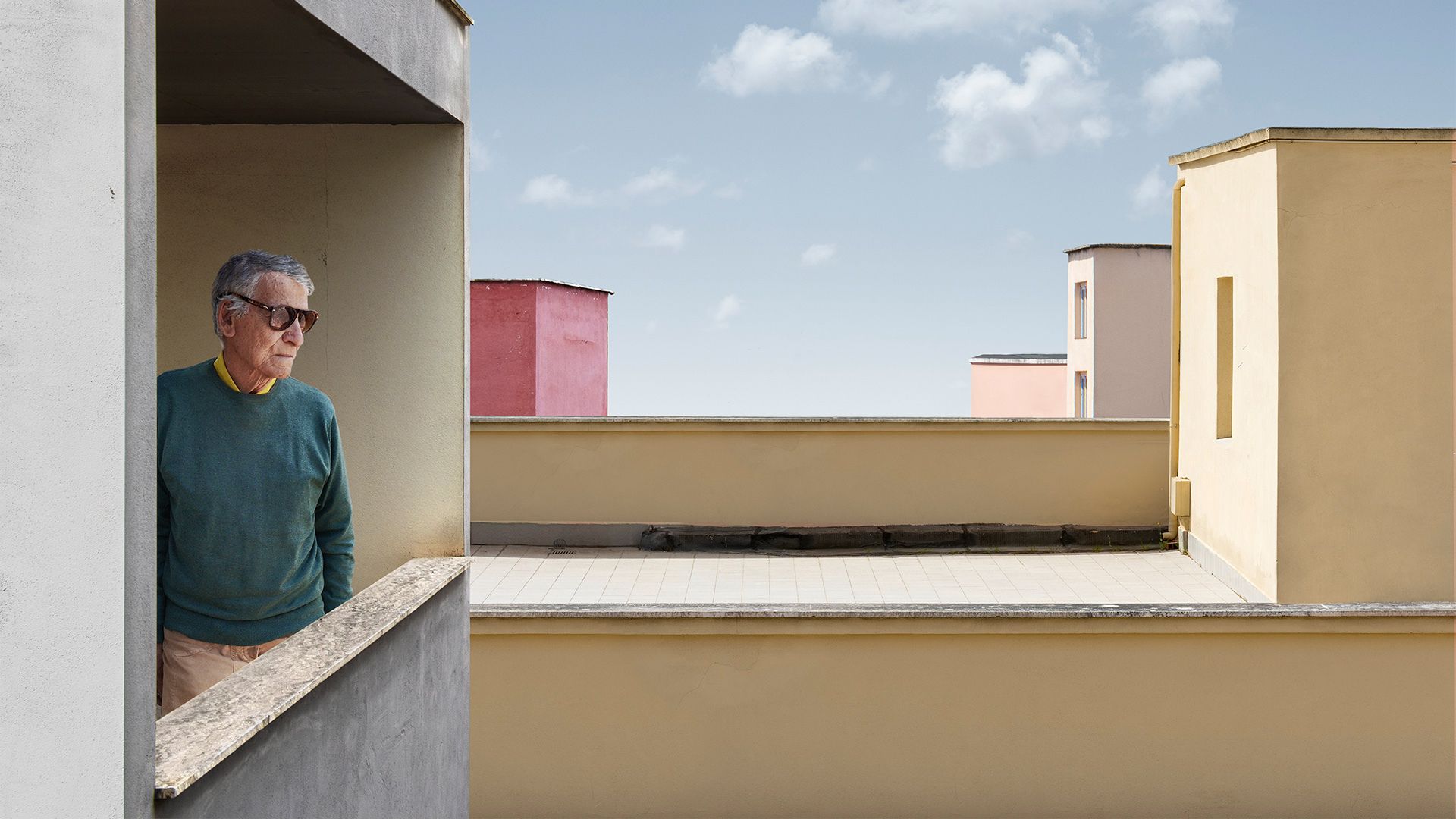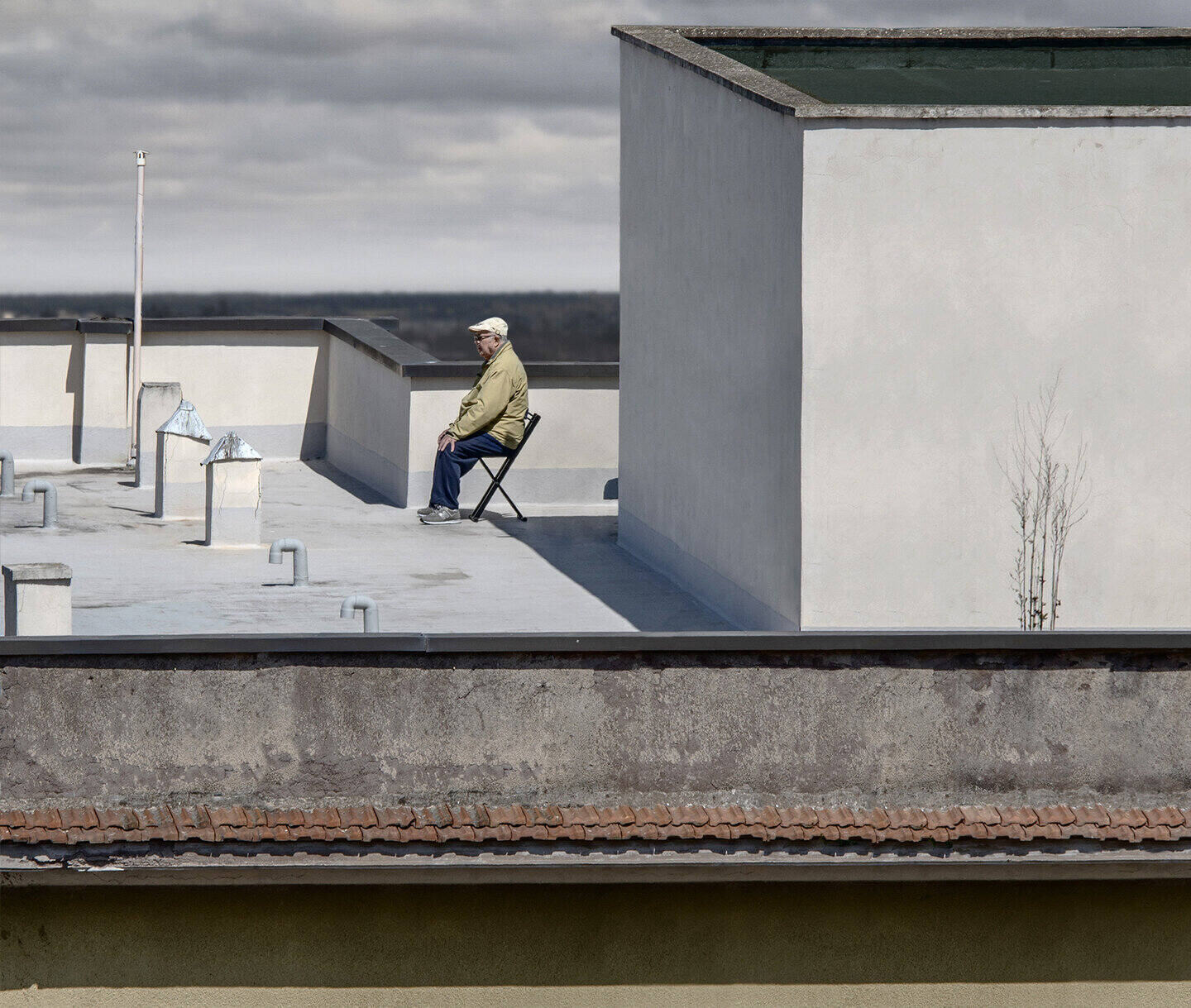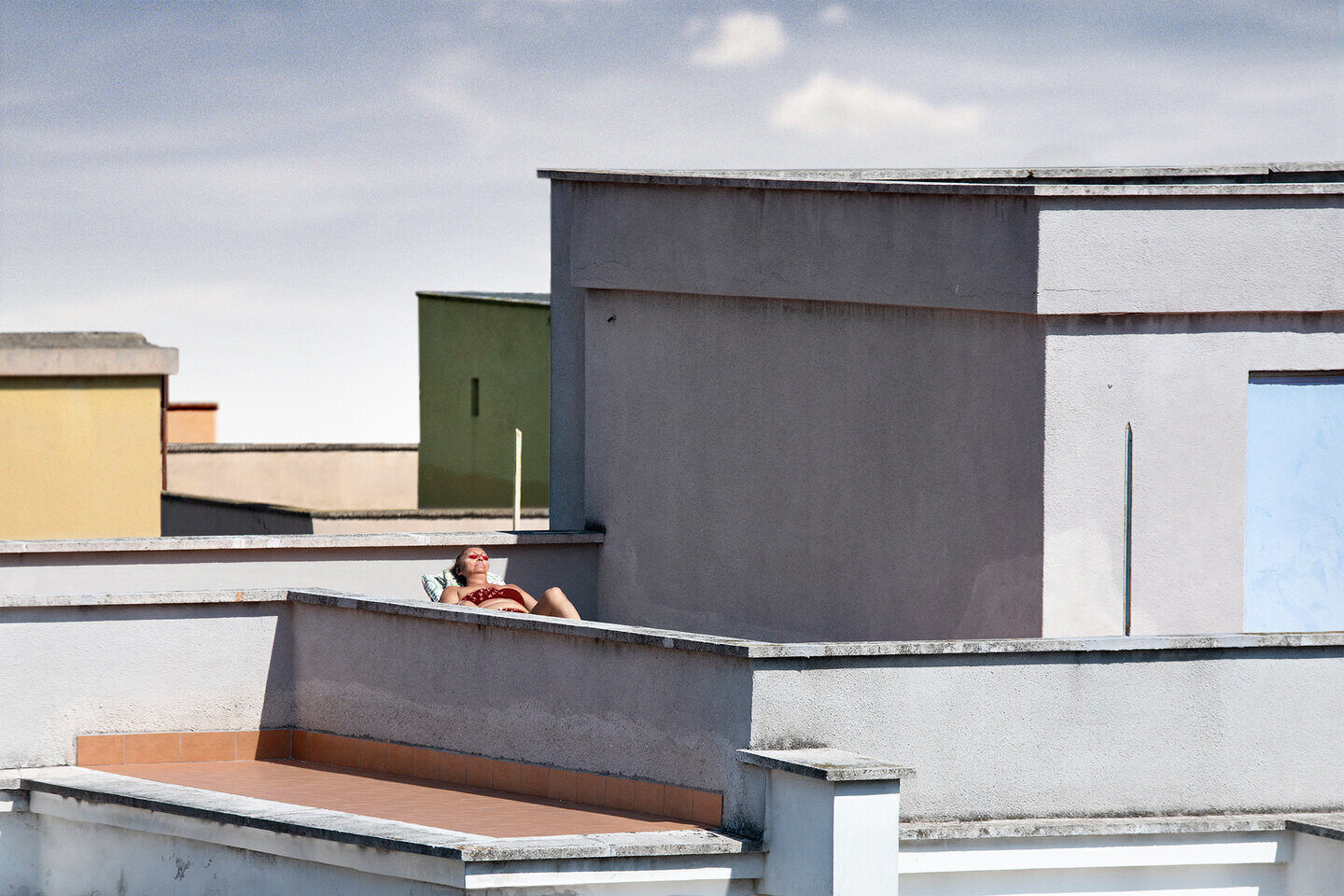Preventive Innovation
KEY TAKEAWAY:
Preventive Innovation is not about rejecting what’s new but about envisioning risks and integrating ethical awareness in all those involved in innovation

Stefano Marzano was CEO of Philips Design in Eindhoven, the Netherlands, from 1991 to 2011: during the digital transition, in the very middle of a technological boost and the start of a new era.
Back then, he brought a humanistic approach to design in a high tech, corporate environment: Philips’ designers worked with social scientists, engineers and researchers in envisioning possible but also preferable futures based on the technologies that they knew were in the pipeline.
Some of the ground-breaking work that Marzano’s teams carried out looked a reversed version of Black Mirror: clips would show what would happen if all went very well when it comes to technology and innovation.
Today Marzano recalls those moments as an enthusiastic but also very naif time.
A more contemporary (and, hélas, more suitable, approach to today) needs to imply, according to Marzano, “the development of new ethical and preventive skills. Because innovation carries risks that we need to manage”. Which is exactly what he is doing working with the research hub Saperi of Università La Sapienza di Roma.

The key issue is: how do we create and diffuse a new grade of awareness when it comes to tech innovation?
Preventive Innovation: what is it and why is it so important?
Stefano Marzano:
“Preventive Innovation is about imagining what would happen if: if someone wanted to use technologies to hurt, exploit, spy, exercise power or influence on others. Or do hundreds of other nasty things.
Big changes occur slowly and we tend to disregard small signs even when we see them. What if we were to imagine them in advance and thus provide creative and effective answers to avoid the worst from happening?
Preventive Innovation is not about rejecting what’s new but about envisioning risks and trying to integrate ethical awareness in all those involved in innovation.
The result will not only be a higher quality of life but also enormous cost savings for communities: because investments will be done to prevent rather than cure.”
Why is this a design issue?
Stefano Marzano:
“Design is a bridging discipline. It connects people with objects and environments, it fosters relationships and interactions, it invents services and works through processes.

Good designers have a multi-disciplinary outlook on things and are trained to connect the dots: to imagine and visualize scenarios. And share them. Which makes them very valuable in a context of Preventive Innovation”.
How do you make Preventive Innovation a reality?
Stefano Marzano:
“If we wish to try to manage the risks that innovation brings along, we need to make global strategies.
These can be better conceived in institutions like universities and research hubs that are used to work internationally and to be sharing knowledge and processes.
Furthermore, once global strategies are put in place from a strategic perspective, academics can easily open a dialogue with global institutions like the EU and the UN.
What we need from them is an anticipatory regulation to force the industry to make investments into ethically aware innovation processes.
Industries are the economic engines of innovations, they need to be put into the position to build utopias and dystopias around each technological step.
It’s an educational issue: in order to question scientific and technological purposes in a more speculative way, innovators need to also consider issues that were previously uninfluential in their decision making processes.

Fostering this new culture of innovation will take time and, at first, it will seem imposed. Yet it will soon turn into a new, diffused mindset, like it happened with sustainability or digital technologies. Embracing this new mindset will be to everyone’s advantage because prevention is cheaper and more effective than mending. In a time in which we are already operating in a scarcity of resources this is ultimately urgent”.
How did you come to think of Preventive Innovation?
Stefano Marzano:
“I started to think about it during a mentorship to a Bio Design PhD student of Università La Sapienza in Rome. She was researching bio materials, which are becoming increasingly diffused and important. Our future is going to be full of them.
These are materials – and consequently products and objects – that function almost like animated beings. They do not need to be assembled, they actually grow with integrated functionalities and operate like little creatures.

This vision, which may seem like a sci-fi plot, is actually building around already existing technologies that will permeate our next future, our lives and our bodies.
Envisioning transhuman biotechnology leads to the spontaneous and meanwhile mandatory desire to build a mindful ethical basis.
So I proposed to the research hub Saperi&Co to make a transdisciplinary call for a workshop on biotech.
We called it Biovision of the future and we involved scientists, designers, engineers, philosophers, as well as spiritual researchers.
The first result was a set of round tables envisioning the possibilities that tech opens in the full range of human intentions. The well meaning-ones, but also the criminal or unethical ones”.
What would be a practical example of a perverted use of biotech?
Stefano Marzano:
“Medical research aims at prolonging life. Which could be attractive but also create enormous social problems. Would this approach culminate in immortality? Or on the creation of eco-centered mindset that safeguards nature and our supporting life system rather than us as individuals?
Let’s imagine regions of the world with different ethical visions which, failing to solve environmental problems, develop organs capable of surviving in conditions other than natural ones.
The development of a humanity that perhaps is no longer really human but that is capable of transforming itself through design… How would we deal with such a moral gap? Would it lead to an ethical conflict?
What will occur is a matter of choices: ethical and morally informed ones”.
The images used to illustrate this article are part of a photographic project on the 2020 lockdown in Rome by Max Intrisano. We chose them because the pandemic was the typical situation that could have been anticipated (and possibly faced by institutions, also creatively) yet wasn’t, with massive global consequences we still experience today.








